11 visions of VR that movies got wrong. Very wrong
Virtual Reality is here. It happened, and the movies that predicted it don't look clever any more.

Ready Player One is out in cinemas, and promises to immerse viewers in the wild, pop-culture filled world of the Oasis, first dreamed up by author Ernest Cline and now brought to life by Steven Spielberg himself. When Cline was first writing his seminal novel, the virtual reality technology which allows protagonist Wade Watts to enter the Oasis sounded more like fiction than fact but, today, VR headsets can be found in the homes of millions of people, and the hardware's only becoming more ambitious with every passing day.
Virtual reality is now very much a part of our reality, even if the likes of PlayStation VR, Oculus Rift, and HTC Vive can't claim to be nearly as powerful as the amazing gadgetry seen in Ready Player One. Either way, it's the ideal time to look back at the films that have portrayed the technology on the big screen before now, and determine just how accurate they've managed to be in their predictions so far.
Lawnmower Man (1992)
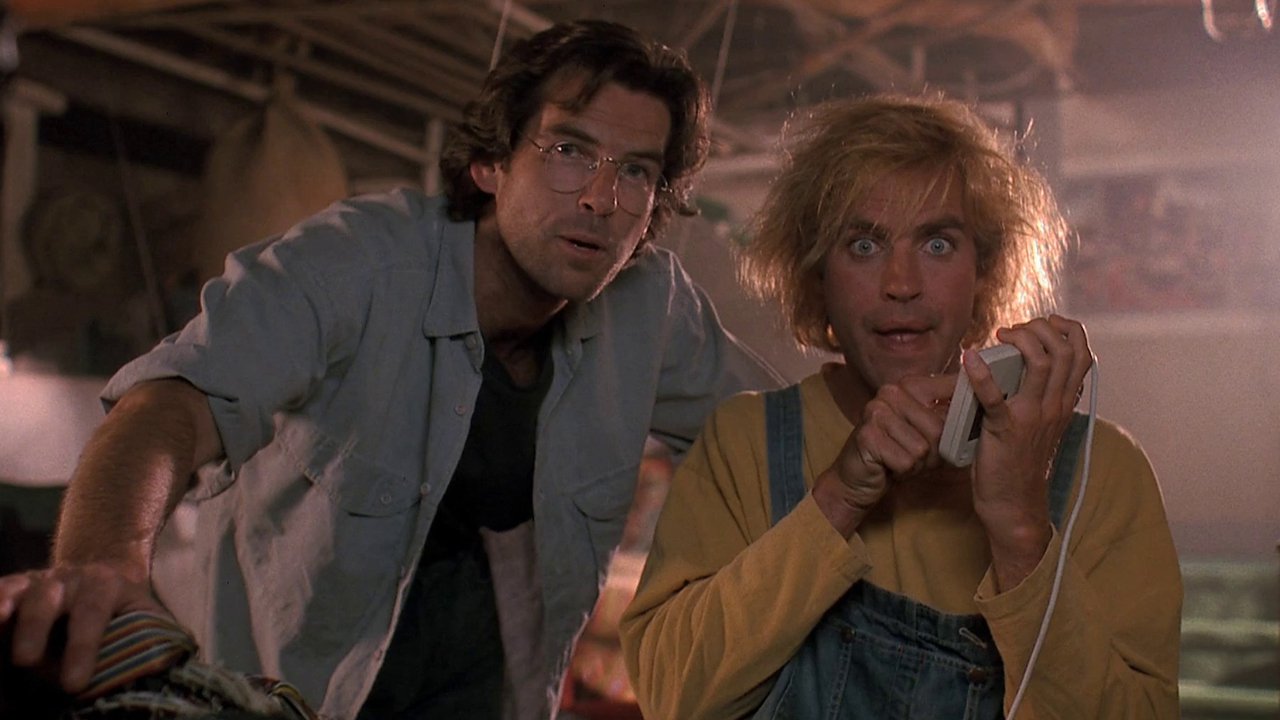
The movie: Brett Leonard’s adaptation of Stephen King’s Lawnmower Man was the only exposure many people had to VR back in 1992. Virtual Space Industries exposes a groundskeeper with severe intellectual disabilities to VR tech, thus transforming him into a psychic tyrant with Jean Grey powers who can effectively end the world. Just like Google Cardboard did that one time.
How livable is its virtual reality? Not even vaguely livable. Lawnmower Man’s VR world is essentially like being trapped in a Magic Eye poster. The titular man himself turns into an enormous, tiger-striped weirdo who looks like a cross between an early 3D rendering tech demo and that annoying Dave Matthews Band fire dancer logo.
Existenz (1999)
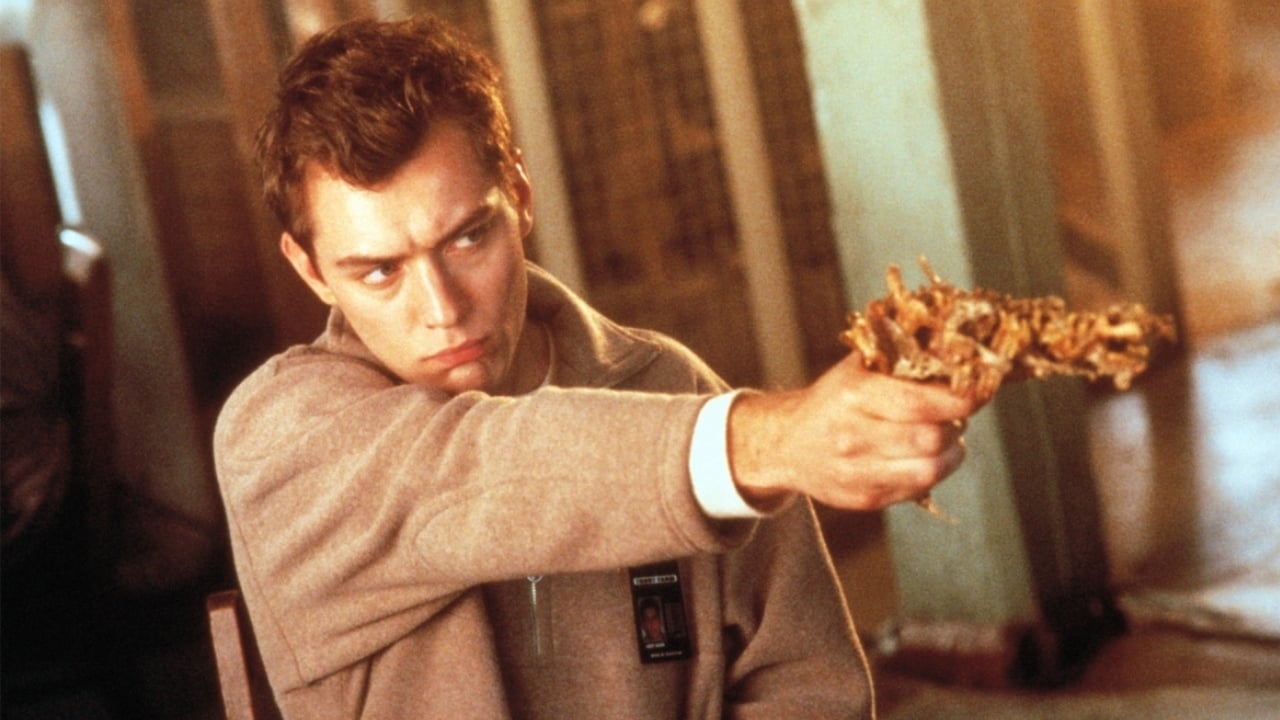
The movie: There are no more regular video games in Existenz’s future. There are only game pods, VR consoles that you jack directly into your spinal column via an artificial umbilical cord. Why an umbilical cord? Because David Cronenberg, that’s why. VR game designer Allegra’s new game Existenz starts to cause the world around her and her friends to slowly disintegrate until their entire existential crisis is revealed to be itself the plot of another VR game.
How livable is its virtual reality? Plenty of video games take place in unpleasant worlds - no one really wants to live in Fallout 4’s wasteland - but Existenz is so much worse. No one would want to play these games or live in that place. It’s just an extra dirty version of the regular world where you have to witness body horror freakouts in diners.
The Cell (2000)

The movie: Vincent D’onofrio is a serial killer, Jennifer Lopez is a child psychologist, and Vince Vaughn is a detective. The Cell is already a ridiculous fantasy even before it introduces technology that sends the psychologist and the detective into the mind of the serial killer to find the whereabouts of his final victim.
Sign up to the SFX Newsletter
Get sneak previews, exclusive competitions and details of special events each month!
How livable is its virtual reality? Brain virtual reality would actually be pretty great based on the fantasy tech in the movie. Just because Vincent D’onofrio’s horror show mind of deci-sected horses and demon fops with a penchant for disemboweling one of the Wedding Crashers doesn’t mean it wouldn’t be great to dive into the physical manifestation of your own subconscious. It would be pretty scary stuff - the boundaries of personal privacy would disappear for good - but it would also be potentially transcendent. Not sure if it’s a good idea to let J. Lo in there, though. You might wake up making some unusual fashion choices.
Tron/Tron: Legacy (1982/2010)

The movie: Jeff Bridges is an awesome hippie game designer whose software is hijacked by his evil ex partner at their company ENCOM. When he tries to hack into ENCOM to prove his goods were stolen, ENCOM’s dreidel-shaped, jerk AI called the Master Control Program uses a laser to transport Jeff Bridges physically into the world inside the computer. Because there’s a world inside the computer. Don’t worry about it.
How livable is its virtual reality? This all depends on what you want out of life. If you used to watch those iPod commercials from 2005 and think, “Boy, if they just had life-threatening motorcycle races, horseshoe-shaped space ships, and a bar where Daft Punk plays music for some freaky majordomo, I could really make a go of it there!” then you’d probably be in heaven. In Tron: Legacy, Jeff Bridges has been hanging out there semi-comfortably for years. Like regular old reality, Tron’s virtual reality requires you to love thy neighbor since purely digital intelligent beings just show up in there.
The Matrix (1999)

The movie: So it turns out that those nagging feelings of youthful rebellion everyone experiences, that notion that the world is built to oppress you, is actually based on something other than hormonal development and general orneriness in The Matrix. Evil robots took over the world way back in the day, human beings tried to destroy the atmosphere so the robots couldn’t use solar power, and the robots in turn enslaved all of humanity, injecting most of them into a permanent virtual version of the late 20th century and using their bio-electric energy as a power source. They leave some of them outside the system to satisfy some algorithmically inevitable rebellion. Or something.
How livable is its virtual reality? At the beginning of the trilogy, it’s the worst: all the worst parts of the world in 1999, preserved forever, and anyone you know can at any time turn into a murderous, sunglasses wearing version of Elrond of Rivendell and he can put a technospider in your belly parts to keep tabs on you. That said, if you’re aware of the virtual reality’s fallacy, you can bend it to your will and automatically absorb complex information directly into your consciousness. You can, as they say, know kung fu, rather than reading about it on Wikipedia. The movies end with the acknowledgement that some people will choose to stay in a landscape of endless digital possibility as long as they’re not forced to.
Star Trek: First Contact (1996)

The movie: This is the first Star Trek movie to show off the Holodeck, the standard issue VR suite fitted on starships everywhere in the world of Star Trek: The Next Generation. In this adventure, Captain Picard dupes a bunch of Borg, techno-organic hivemind invaders into thinking they’re attending a swank-ass dance club in the 1940s.
How livable is its virtual reality? Eminently livable, eminently dangerous. Provided you have the programming chops, the Holodeck can render anything you can imagine and give it physical reality. On the one hand, this means the ultimate immersion experience of art, fiction that is indistinguishable from reality and dreams alike. On the other hand, all of the side effects of that technology are represented. Picard turns off safety measures and a Holodeck-made tommy gun shoots very real bullets into the Borg, but that’s just the tip of the iceberg in terms of peril. Some people become addicted to the Holodeck, others use it to create replicas of real people and engage in inappropriate fantasy relationships (get it together, Barclay), and sometimes the Holodeck AI becomes sentient and tries to escape. So… yeah. Maybe we can do without.
Hackers (1995)
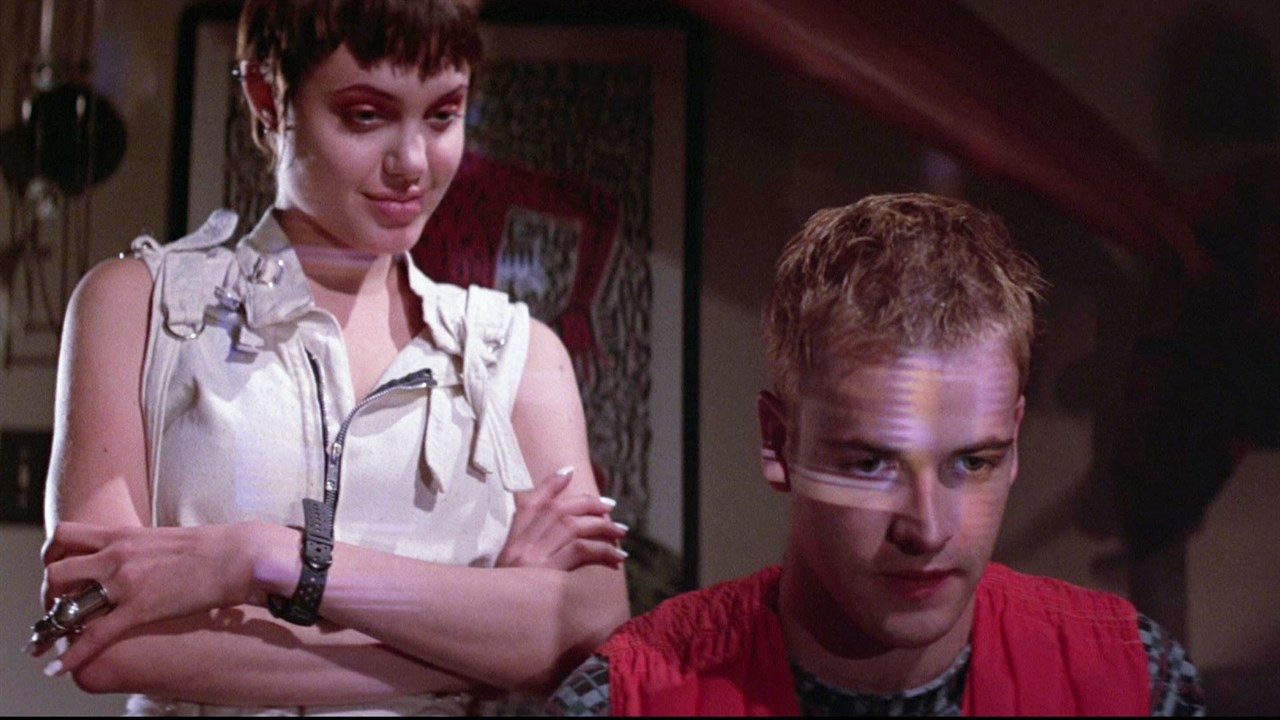
The movie: A bunch of L33T HAX0RZ attend high school together and compete with one another to commit petty cybercrimez as part of a secret club. After accidentally discovering another hacker’s secret plan to use computer viruses to both cause an environmental disaster and embezzle millions from a company, they band together and fight him. By “hacking the planet.” Using telephone booths, roller blades, and VR goggles that visualize the process of hacking. Like you do.
How livable is its virtual reality? If somehow the VR tech revolution of the ‘10s leads to a world where coding and software manipulation actually work like this, everyone in IT is going to spend half the day throwing up. Writing a simple app involves swooping through a landscape whose only defining geographic features seem to be copied from old Trapper Keepers. And computer viruses - which look like Cookie Monster - are things that can be physically outrun? Shut up, Hackers. Just shut up.
Disclosure (1994)

The movie: Demi Moore seduces Michael Douglas and claims sexual harassment as part of a scheme to undermine his authority and climb the corporate ladder. Her plan works, but evidence of her many other shady business doings is lurking on that most ‘90s of tech artifacts: the VR database. It’s a prototype, of course, that scans your body, drops you into a cathedral (what?) and gives you a helpful angel to guide you in case you have any questions (no really, what?).
How livable is its virtual reality? On the plus side, you end up looking like an exact copy of yourself in this virtual world, but on the down side, everything is golden colored and the halls are full of file cabinets. It’s basically the worst office ever. No chairs, no snack machine, no water cooler, not even that really ugly painting in reception that looks like it came from the Mid-Range Hotel collection. So, livable, but incredibly boring. Like a dentist’s office.
Nirvana (1997)
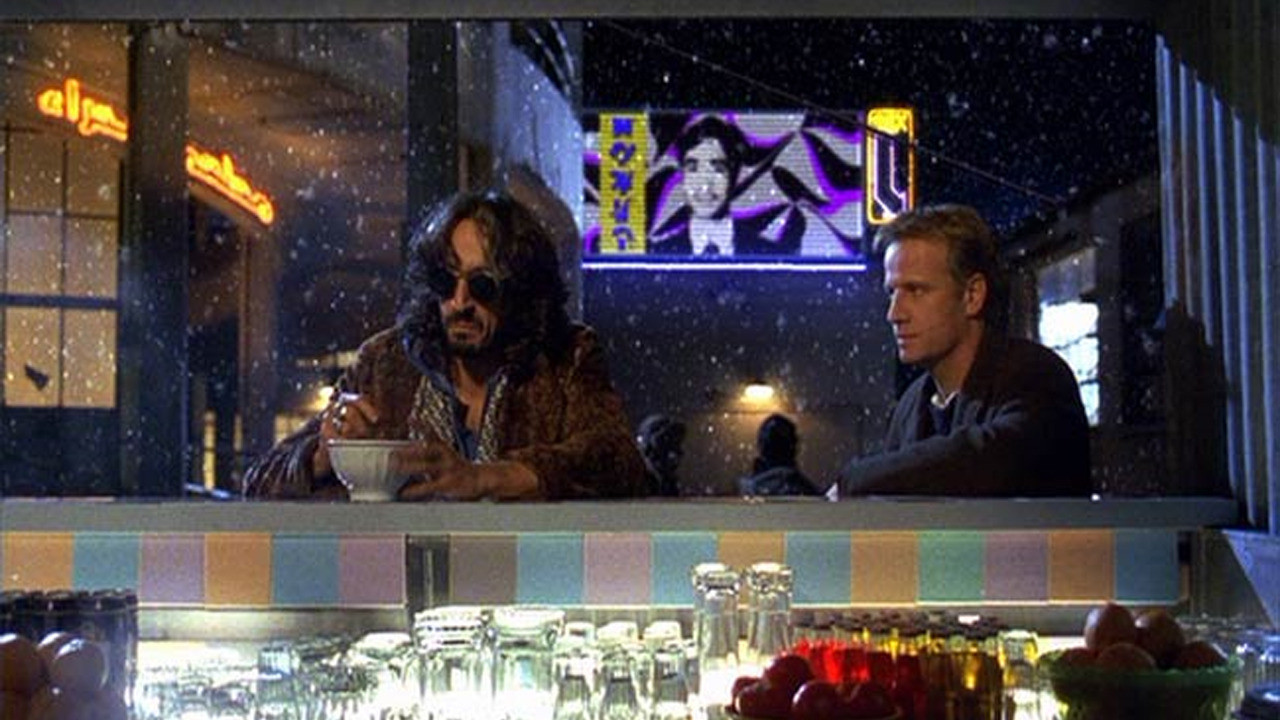
The movie: Jimi, VR game designer extraordinaire who looks suspiciously like a Highlander (because he is in fact the Highlander Christopher Lambert), discovers a profoundly disturbing truth: a character in his new game Nirvana has become sentient. Now that he’s self-aware, the character Solo feels everything that happens in the game, which is as existentially and physically harrowing as you might think. Feeling sympathy for his digital offspring, Jimi sets out to delete the game which involves him diving into its reality.
How livable is its virtual reality? At first blush, this seems awful. Jimi’s VR mask looks like Bane’s headpiece from The Dark Knight Rises, but you have to wear it on your eyes instead of your mouth. The world inside Nirvana that he has to wander through is a nasty mix of MC Escher paintings and the minimalist gore nightmares of Clive Barker. That said, Jimi also experiences a serious spiritual rebirth, stripping away his history, ego, and worldly attachments as he goes deeper into the virtual world, achieving the movie and game’s titular state of total consciousness. So he’s got that going for him.
Johnny Mnemonic (1995)
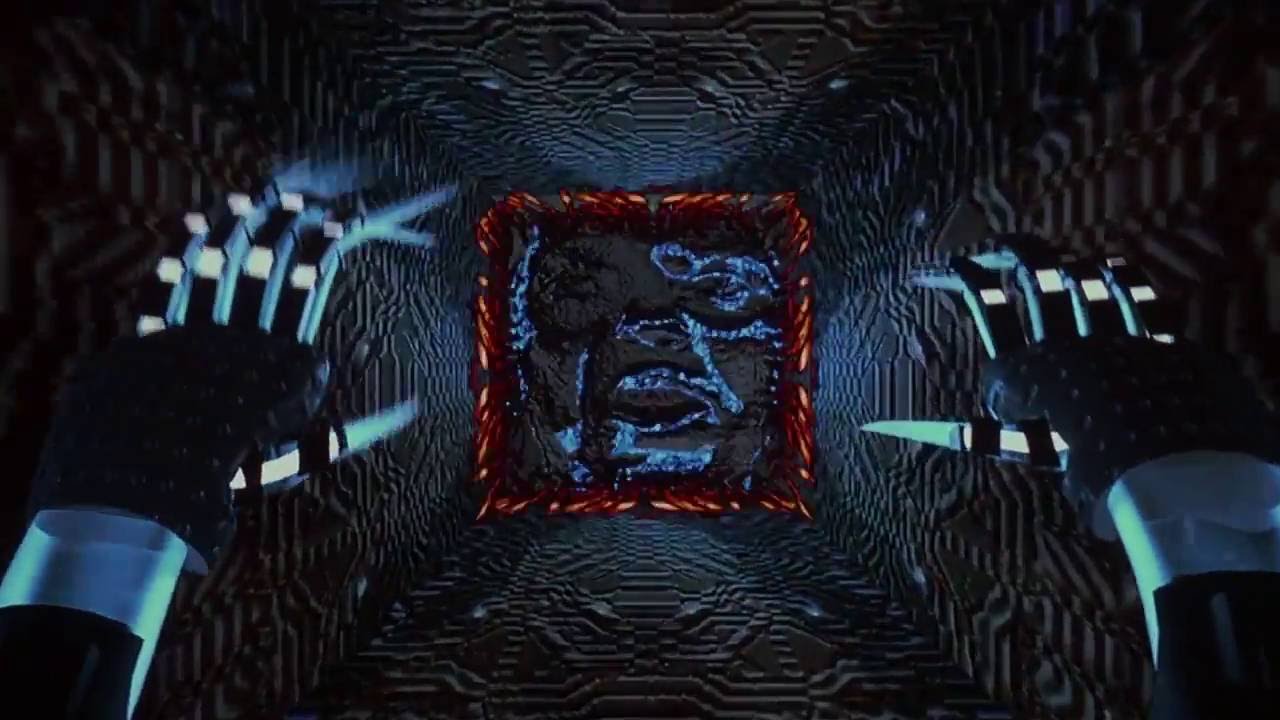
The movie: In the dystopian far flung future of 2021, cyber gangs rule the land and Keanu Reeves is a badass courier who has to transport data around using his brain. His brain can only hold 80GB. Right. Apparently everyone just stopped using torrents by then? Or basic file sharing. Or their phones. Or anything we already knew the Internet could do when the movie was made in 1995. Regardless of world building logic, Johnny’s data courier job has stripped him of his identity so he goes on one last job before he quits. Said job involves using the Internet, which in 2021 is a virtual space you have to explore using fancy gloves and what looks like an Oculus DK2 spray painted silver.
How livable is its virtual reality? VR3 online is what people use instead of Chrome and Firefox in Johnny Mnemonic and it looks insufferable. Imagine if every time you wanted to check Twitter, you had to put on a headset and then fly through Coruscant from Star Wars: Attack of the Clones? For a movie about how human minds store and process information, its vision of the future entails constant use of a virtual reality space that makes even basic information access a chore.
The Thirteenth Floor (1999)

The movie: Computer tycoon Hannon Fuller is developing a massive virtual reality space that is, for some reason, an exact replica of Los Angeles in the late 1930s. Not just the city, but its people. All of the simulated citizen AIs don’t know they’re living in a fake digital world. After Fuller’s murdered, his right hand man Doug Hall is accused of the killing and he sets out to clear his name and find the real killer inside of the VR world, only to find out that the world he lives in is itself just one virtual reality alongside many others.
How livable is its virtual reality? Which freaking one? The Thirteenth Floor takes the nightmare end scenario of virtual reality and runs with, portraying a world in which it’s impossible to tell between a manufactured digital world and an actual physical one. Its characters are constantly shunted by virtual worlds inside of other virtual worlds and ostensibly have no guarantee that where they end up at the end is any more real than what came before. Ultimately, though, if they’re all indistinguishable from regular reality, they have to be pretty livable. As long as the existential shakes don’t get to you, grab a cup of virtual coffee and take a virtual walk.
- Enter virtual reality with the best PlayStation VR bundle deals.



